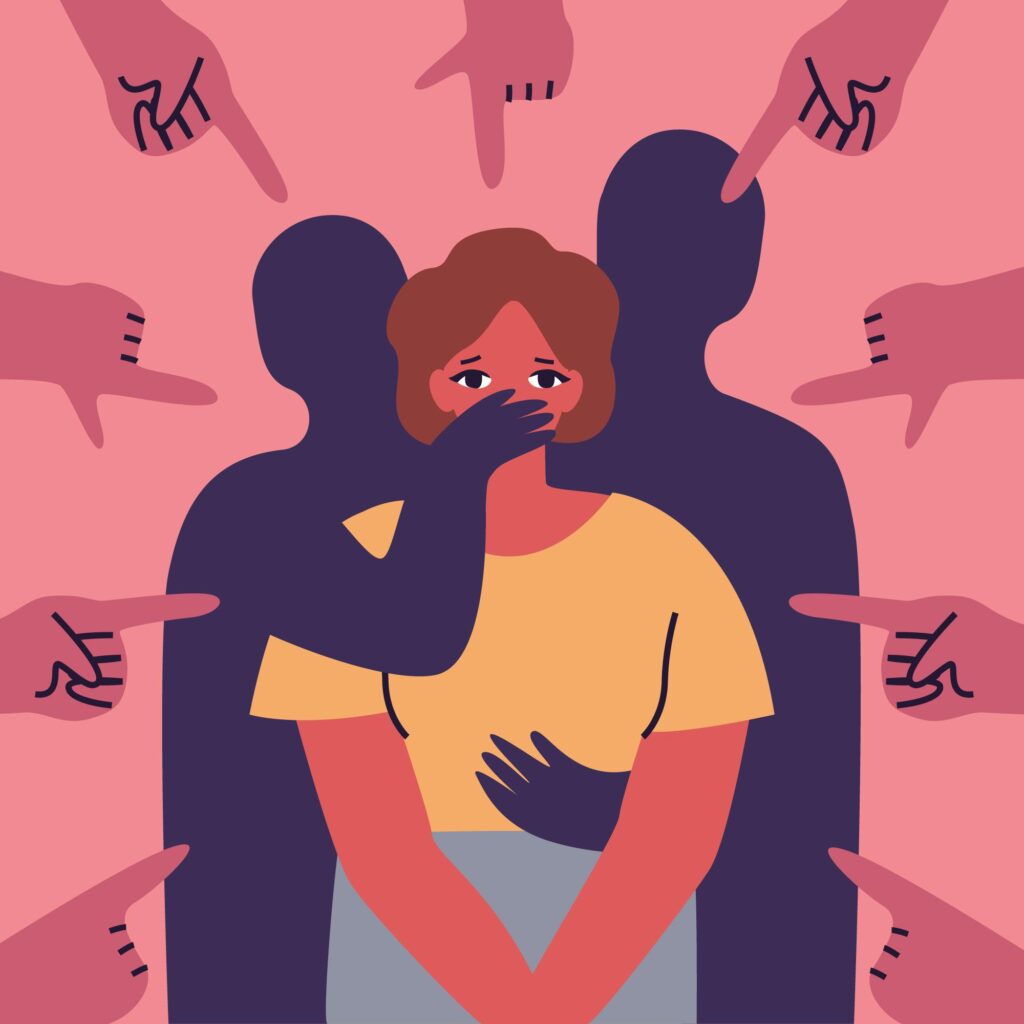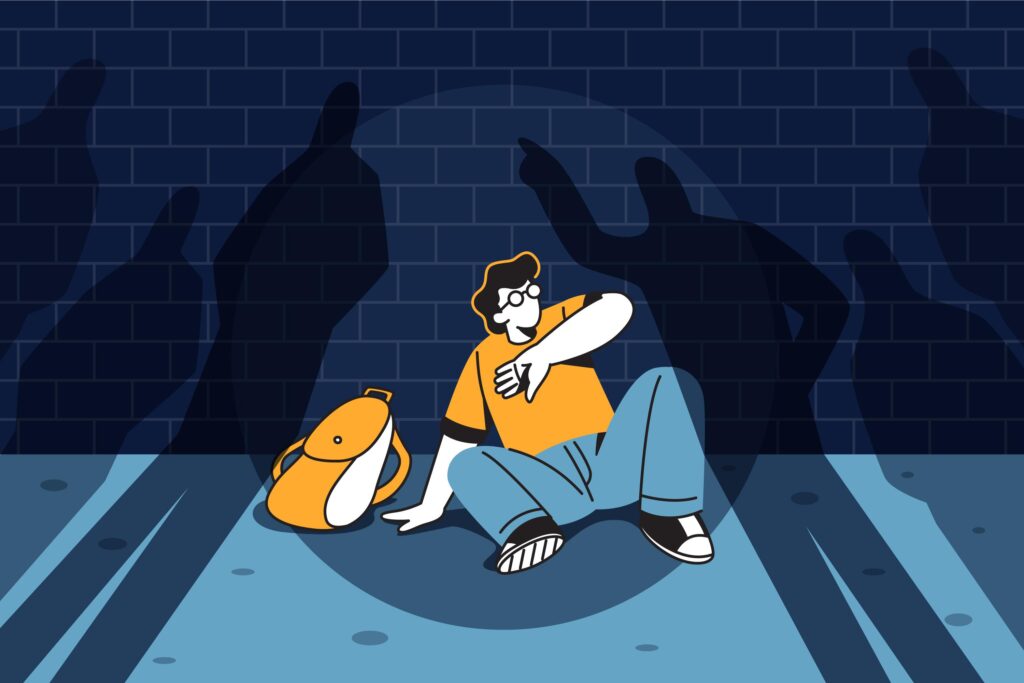Teen dating violence is a serious and widespread issue affecting millions of young people worldwide. This form of violence can have devastating consequences on a young person’s mental and physical health, and can lead to long-term harm if not addressed appropriately. In this article, we will explore what teen dating violence is, its effects on young people, and what steps can be taken to prevent and address it.
What is Teen Dating Violence?

Teen dating violence is defined as physical, sexual, psychological, or emotional abuse in a dating relationship. It can take many forms, including but not limited to physical violence, sexual violence, stalking, and controlling behavior. The abuse can be inflicted by a partner or ex-partner, and can occur in both same-sex and opposite-sex relationships.
The Effects of Teen Dating Violence
The effects of teen dating violence can be far-reaching and long-lasting. It can lead to physical injuries, such as bruises, cuts, and broken bones, as well as mental health issues such as anxiety, depression, and post-traumatic stress disorder.
In addition, teens who experience dating violence are more likely to engage in substance abuse, have unplanned pregnancies, and attempt suicide. It can also negatively impact their academic performance, as well as their future relationships and overall wellbeing.
Preventing Teen Dating Violence
Preventing teen dating violence starts with educating young people about healthy relationships and the warning signs of abuse. It is also important for parents, educators, and community members to be aware of the issue and to take action when they suspect that a young person may be experiencing abuse.
One effective way to prevent teen dating violence is through school-based programs that teach healthy relationship skills and promote safe and respectful communication. These programs can help young people understand what constitutes a healthy relationship and provide them with the tools they need to identify and address abuse if it occurs.
In addition, teens should be encouraged to seek help if they or someone they know is experiencing dating violence. This can include reaching out to trusted friends and family members, contacting a local domestic violence hotline, or seeking support from a school counselor or healthcare provider.
2 Facts About Dating Violence
- Dating violence can take many forms, including physical violence, sexual violence, psychological abuse, and emotional abuse.
- Dating violence affects people of all genders, ages, races, ethnicities, and sexual orientations, and can occur in both same-sex and opposite-sex relationships.
Common Causes of Violence in Dating Relationships
- Power and control: One partner may use violence to assert control and dominance over the other.
- Lack of conflict resolution skills: Couples may lack the skills to effectively resolve conflicts, leading to violent outbursts.
- Substance abuse: Substance abuse can lead to impulsive and aggressive behavior in relationships.
- Childhood abuse or exposure to violence: Individuals who have experienced abuse or violence in childhood may be more likely to engage in violent behavior in their dating relationships.
- Societal attitudes and beliefs about gender and violence: Society’s beliefs about gender roles and what constitutes acceptable behavior can contribute to violence in dating relationships.
The Long-Term Effects of Dating Violence
Dating violence can have a lasting impact on the physical and mental health of victims. This type of abuse can result in serious physical injuries, such as bruises, cuts, and broken bones. In addition to these physical effects, victims of dating violence may also suffer from mental health issues, such as depression, anxiety, and post-traumatic stress disorder.
The impact of dating violence can also extend to future relationships. Those who have been subjected to abuse in a dating relationship may find it difficult to trust others and form healthy relationships in the future. This can be especially damaging for young individuals who are still developing their social skills and relationships.
The stress and trauma of dating violence can also have a negative impact on academics. Victims may struggle in school as a result of the abuse, making it difficult for them to concentrate and perform well.
Another long-term effect of dating violence is an increased risk for substance abuse and suicide. Those who have experienced abuse in a dating relationship are more likely to engage in substance abuse, which can further compound their problems. Additionally, they may have a higher risk of attempting suicide, as the trauma and stress of the abuse can become overwhelming.
Who is Most at Risk for Dating Violence?
While anyone can be a victim of dating violence, certain groups are at higher risk. It is important to be aware of these risk factors in order to prevent and address dating violence.
One group at high risk for dating violence is young people. Dating violence is most common among adolescents and young adults, who may be just starting to form relationships and may not yet have the skills to recognize and address abusive behavior.
Women are also more likely to be victims of dating violence than men. This disparity is due to a variety of factors, including gender norms and societal expectations that can limit women’s ability to assert themselves and leave abusive relationships.
Individuals with a history of abuse or violence are also at higher risk of experiencing violence in their current relationships. This may be due to a pattern of attracting abusive partners, or to the lingering effects of trauma from prior abuse.
Finally, relationships in which one partner has more power or control than the other can also increase the risk of violence. This type of relationship dynamic can create an imbalance of power that makes it difficult for the less powerful partner to leave the relationship or address abusive behavior.
The Three Roles in Dating Violence
- Perpetrator: The person who uses violence or abusive behavior in the relationship.
- Victim: The person who experiences the abuse or violence.
- Bystander: The person who witnesses the abuse or violence, but does not intervene. This can include friends, family members, and community members.
Conclusion

Teen dating violence is a serious issue that affects millions of young people worldwide. It can have devastating consequences on a young person’s mental and physical health and future well-being. However, by educating young people about healthy relationships, providing them with the tools to identify and address abuse, and encouraging them to seek help when needed, we can help prevent and address this form of violence.


